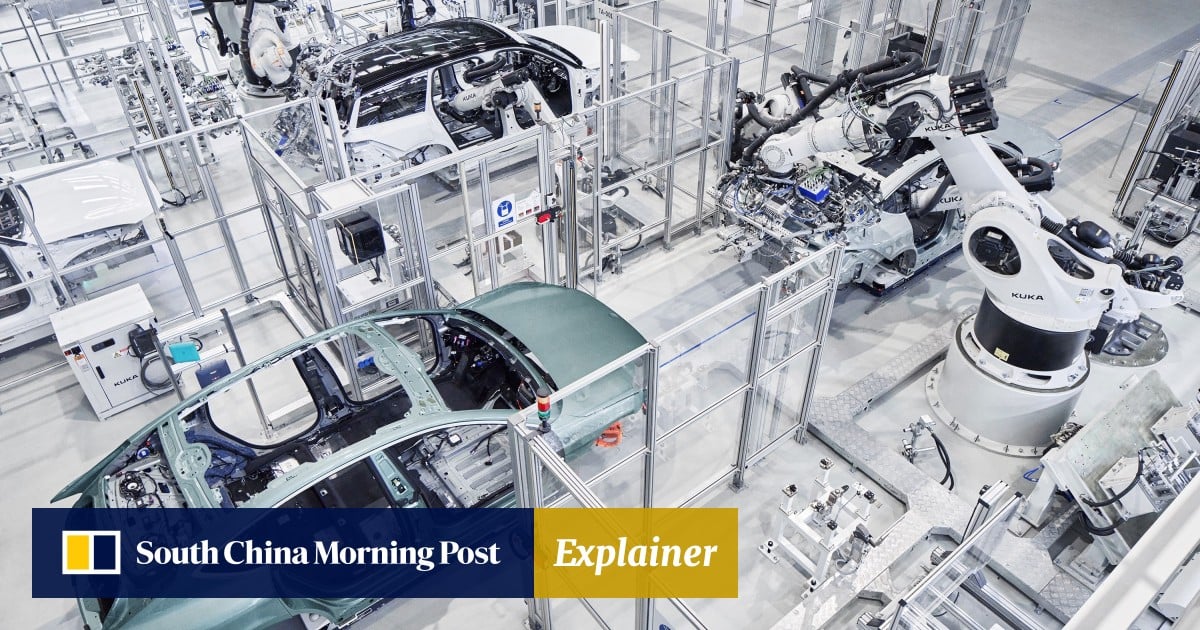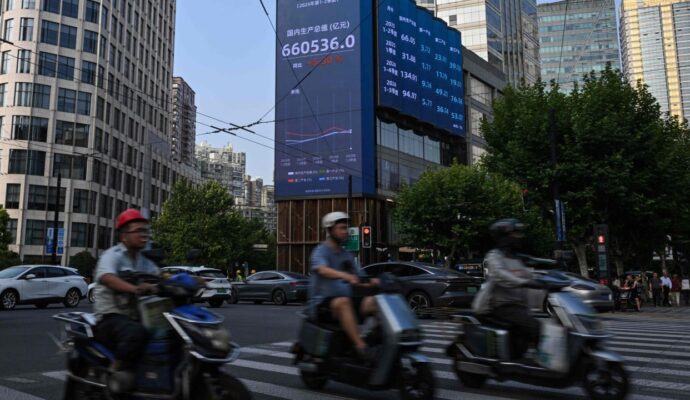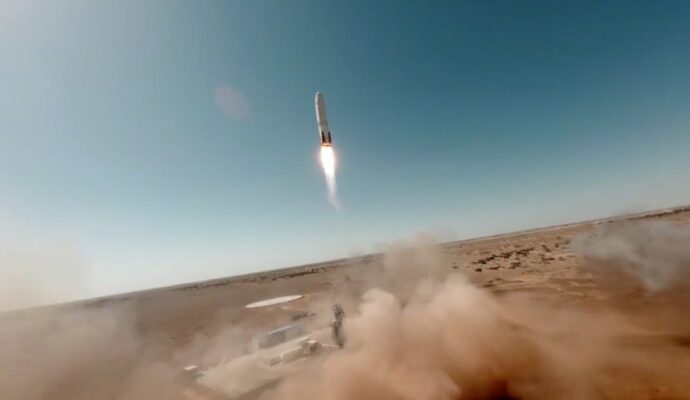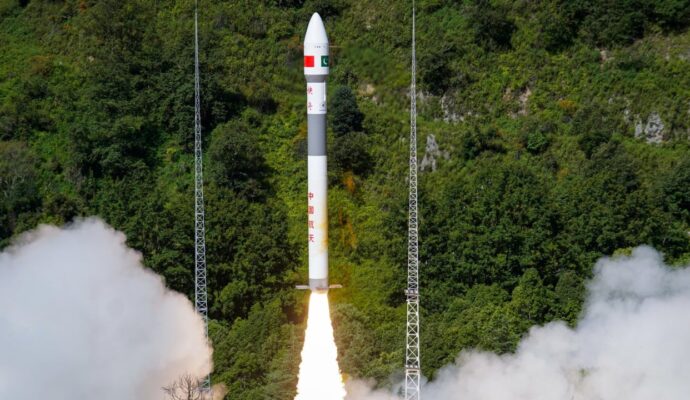
But the past year has been especially difficult for China’s economy, which has been heavily dependent on the manufacturing and real estate sectors.
What will they look like?
Xi said “original and disruptive” home-grown innovation would incubate “new industries, new models and new drivers” to help the country achieve scientific and tech self-reliance to “fight the battle in core technologies”.
“[New productive forces] will guide the building of a modernised industrial model,” Xi said, adding that innovation must be “practically and substantially applied” to industrial and value chains.
Green investments, the digital economy, science and technology have all been named as potential catalysts for growth and are associated with the concept.
Dutch chip tool giant ASML warns of ongoing risks of US-China tensions
Dutch chip tool giant ASML warns of ongoing risks of US-China tensions
Where did the term come from?
What challenges must be overcome?
Following Xi’s visit, Heilongjiang has published a game plan to “speed up the forming of new productive forces”, and the province has identified 24 industries – many linked with hi-tech manufacturing- to receive more support, according to a report from China Central Television, the state broadcaster, last month.
During Premier Li Qiang’s January visit to Shaanxi, a heavily industrialised province in the northwest, he pointed to other challenges while calling for “new productive forces” to bolster the economy.
Li said manufacturers should “be willing to splurge on research and development (R&D)” to be competitive among the first tier in the global market while touring companies that produce niobium-titanium ingot rods, semiconductors and car parts.
Beijing has stressed the development of home-grown technologies as its relations with the United States have soured, and China has become the second-largest spender on R&D – though despite heavy investment, it still lags behind the US.
Xi is no longer willing to tolerate an underperforming economy
What do experts think?
“If you have a large manufacturing sector but the proportion of productive services is low, you can only produce middle- to low-value manufacturing products,” he said.
“We are able to manufacture the latest equipment for the 5G network, but we cannot make use of it. This is like building a port but having no one to run it, fixing a road but having no cars,” Huang said in a speech on “new productive forces” in Guangzhou last December.
Jon Taylor, chair of the political science department for the University of Texas at San Antonio, has been following the evolution of the phrase closely. He said its use highlights the next stage of “commercialisation of technology and science in the name of economic growth” as China continues to pursue self-reliance in core technology.
“Xi is no longer willing to tolerate an underperforming economy, hence his emphasis on the expanding technological innovation capacity,” Taylor said.
“Xi has stated that the party will need to develop new theories centring on ‘new productive forces’, signalling that the party needs to rethink some key aspects on how it runs China’s economy – including state ownership and resource allocation,” he said, adding that he expects to see more on the concept soon.


